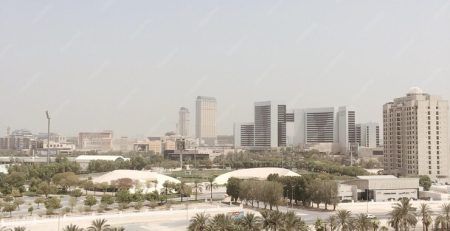Current Situation of CPEC: A Comprehensive Analysis
China-Pakistan Economic Corridor (CPEC) stands as a monumental project, fostering economic integration and connectivity between China and Pakistan. Since its inception, CPEC has garnered global attention due to its vast implications on regional geopolitics, trade dynamics, and economic development. As proponents and critics engage in discourse surrounding its potential benefits and challenges, it becomes imperative to delve deeper into the current state of affairs regarding CPEC.
Infrastructure Development: The Backbone of CPEC
Infrastructure development lies at the heart of CPEC, aiming to enhance connectivity through the construction of highways, railways, and ports. These projects not only facilitate the transportation of goods but also pave the way for socio-economic upliftment in the regions involved. The development of Gwadar Port, for instance, serves as a crucial node in the maritime silk route, bolstering trade activities and positioning Pakistan as a key player in regional trade dynamics.
Energy Projects: Powering Economic Growth
Amidst Pakistan’s persistent energy crisis, CPEC emerged as a beacon of hope, with numerous energy projects aimed at addressing the country’s power deficit. The construction of coal-fired power plants, hydroelectric dams, and renewable energy projects has significantly augmented Pakistan’s energy capacity, alleviating the burden on industries and households alike. Furthermore, these ventures foster sustainability by promoting the adoption of clean energy technologies, aligning with global environmental agendas.
Socio-Economic Impacts: Navigating Challenges and Opportunities
While CPEC promises immense economic opportunities, its implementation has also sparked debates regarding its socio-economic impacts. The influx of Chinese investments and workers has raised concerns regarding employment opportunities for local communities and the preservation of cultural heritage. Additionally, the development projects have encountered resistance from certain quarters, citing concerns over land acquisition, environmental degradation, and transparency in project execution.
Geopolitical Dynamics: Balancing Interests in a Complex Landscape
CPEC’s geopolitical significance cannot be overstated, as it intersects with various regional players’ interests and strategic agendas. The project’s alignment with China’s Belt and Road Initiative (BRI) underscores its role in China’s quest for global economic dominance and strategic influence. Simultaneously, it engenders geopolitical complexities, with implications for regional stability, security dynamics, and the balance of power in South Asia.
Future Prospects: Navigating the Road Ahead
As CPEC ventures into its next phase, it is essential to chart a course that maximizes its potential while addressing inherent challenges. Enhancing transparency, accountability, and stakeholder participation is imperative to build trust and mitigate concerns surrounding CPEC projects. Moreover, fostering socio-economic inclusivity and sustainable development should remain central to the project’s ethos, ensuring that its benefits extend to all segments of society.
Conclusion
In conclusion, the current situation of CPEC encapsulates a complex interplay of economic opportunities, socio-political challenges, and geopolitical dynamics. While the project holds immense promise in fostering regional connectivity and economic growth, addressing concerns surrounding transparency, socio-economic impacts, and geopolitical ramifications is essential for its long-term success. As stakeholders navigate the road ahead, a concerted effort towards inclusive development, sustainable practices, and regional cooperation will be pivotal in realizing CPEC’s transformative potential.



Leave a Reply